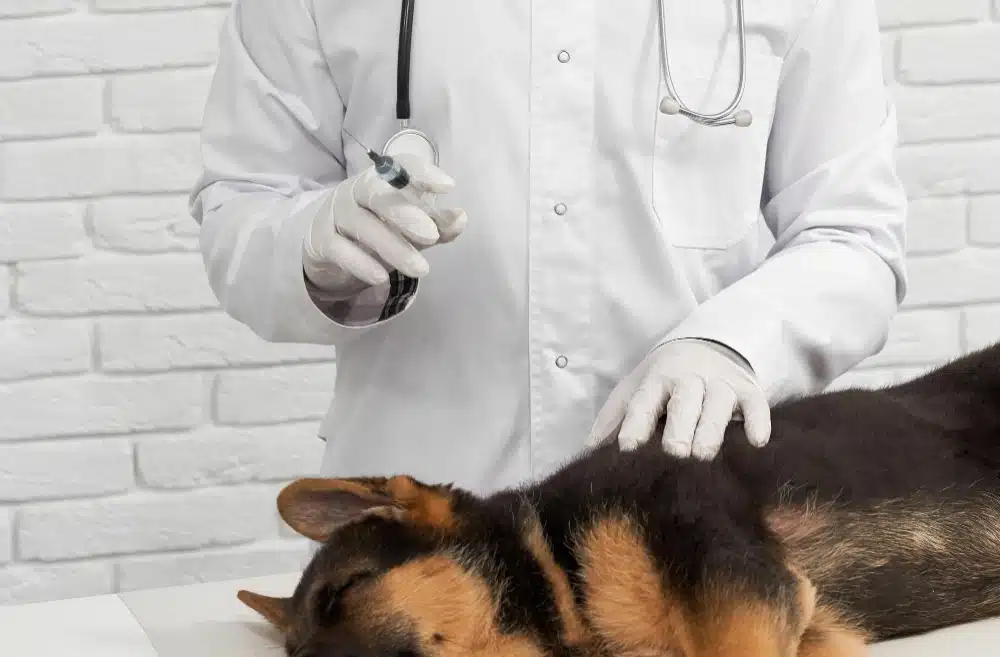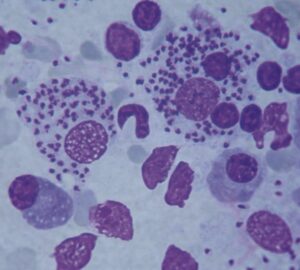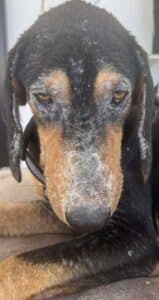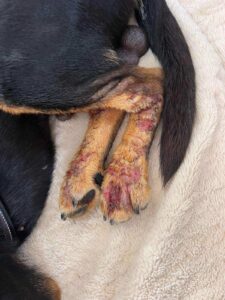
Leishmaniasis, also known as kala-azar, is a serious infectious disease caused by the Leishmania infantum parasite. It is primarily transmitted by infected sandflies, but there are other, less common transmission routes, such as sexual contact, blood transfusions, or transmission from mother to puppies during pregnancy. In areas where the sandfly vector is absent, these alternative transmission routes are more relevant.
Prevention Strategies
Effective prevention against clinical leishmaniasis includes both insect repellent measures and vaccination.
 .
. 

1. Insect Repellent Measures
The best way to prevent leishmaniasis is to avoid sandfly bites, especially during the summer months when sandflies are most active. Sandflies are particularly active at dusk and dawn, so try to avoid walking your dog during these times.
Effective insect repellent methods include:
Spot on: Many spot ons repel the vector of the disease
Collars: Special collars that release insect-repelling substances to keep sandflies at bay.
Sprays: Products applied directly to your dog’s body for immediate protection from bites.
2. Vaccination
Vaccination is another crucial part of preventing the clinical form of the disease particularly in endemic regions. The vaccine aims to reduce the risk of developing an active infection or clinical disease. Vaccination is recommended for non infected dogs from the age of 6 months, especially when they are at risk of exposure to the parasite.
Vaccination, in combination with effective insect repellent methods, creates a strong protective barrier for dogs from leishmaniasis.
Conclusion
Prevention is the most effective approach to combating leishmaniasis. By combining insect repellent strategies with vaccination, you can significantly reduce the risk of your dog contracting this potentially deadly disease. Always consult your veterinarian to design the best prevention plan tailored to your dog’s environment and lifestyle.